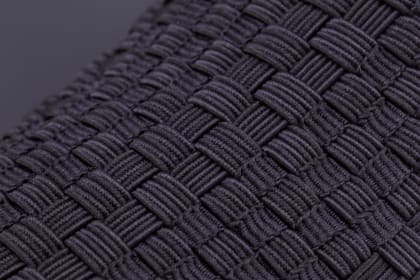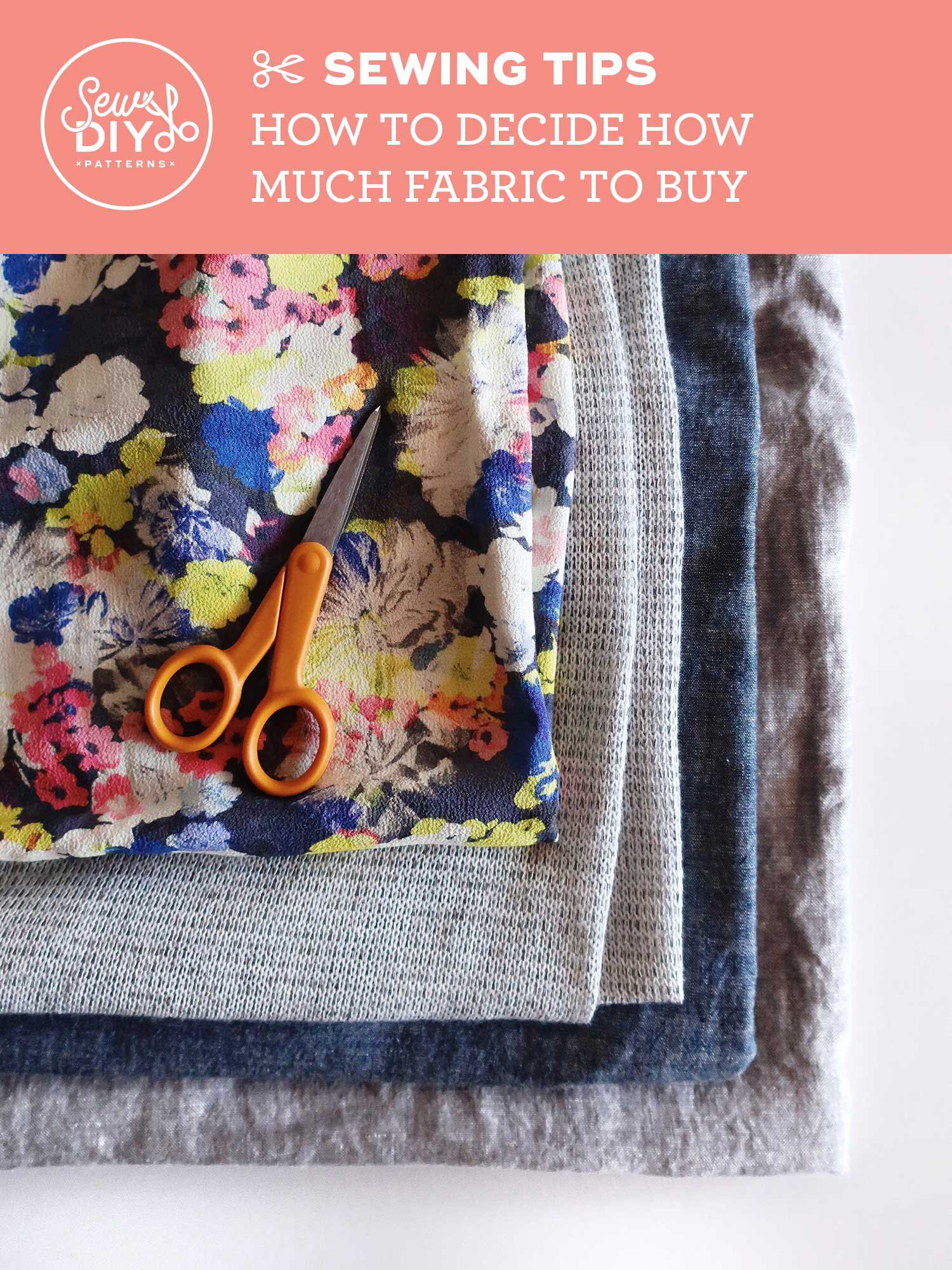The Single Strategy To Use For All 4 Way Stretch Fabrics
The Best Guide To All 4 Way Stretch Fabrics
Table of ContentsSome Of All 4 Way Stretch FabricsThe 6-Minute Rule for All 4 Way Stretch FabricsThe Ultimate Guide To All 4 Way Stretch FabricsThe Only Guide for All 4 Way Stretch FabricsExcitement About All 4 Way Stretch Fabrics3 Simple Techniques For All 4 Way Stretch FabricsNot known Facts About All 4 Way Stretch Fabrics
As I likewise want UV security from my garments when I go out, I would certainly choose a largely woven cotton fabric. One more factor to consider when getting the textile is the means it will certainly after cleaning.A risk-free bet would be to purchase at the very least 10% extra textile. If you can acquire preshrunk material, this is the finest.

If you are matching the shade, like picking the cellular lining for the primary textile or picking textile to add as trim, this is especially crucial. The material showrooms will typically have a light well where you can see the textile in sunshine (or a home window with good light from outdoors).
The 7-Second Trick For All 4 Way Stretch Fabrics

The majority of textiles are concerning 44 vast. When you most likely to purchase textile, price quote exactly how a lot you desire first and afterwards most likely to the shop. Examine out this article to know the solution to this often heard concern "Just how much fabric do I require". With a fat quarter, you will obtain an 18 large by 22 long.
These are readily available in the shops I frequent as cut items they are mostly valued reduced and some of them, when they are last off the bolt, valued very reduced. You will certainly need to ask the salesmans for pieces like that. Some wonderful bargains can be had by doing this. In dressmaking, we acquire material by the yard/meter.
The Greatest Guide To All 4 Way Stretch Fabrics
In a quarter of a lawn, you get a 9 by 44 strip of material, which has to do with 22 centimeters in length. It is constantly far better to acquire bigger cloth. According to the size of textiles, they might be called single-width and double-width. Solitary size is generally as much as 49 inches in width and double width up to 60.
You can discover more about lawn to meter conversion right here. Take a look at this message on reading a tape action Choose materials that are not too difficult or inflexible, or you would not be comfy in them. Bed linen, Denim, flannel, For chillier environments, pick woollen (100% in addition to wool blends) wool tweeds, woollen crepe; it essentially depends on what trousers you are speaking about Tailored pants, Unstructured Pant, Combined, Denim.
All cotton fabrics are great for youngsters. Knit materials are likewise fantastic for children you can go for wool knits.
The Definitive Guide to All 4 Way Stretch Fabrics
Take a look at this post on the most effective fabric for clothes for children and children for more detail on this topic. Lightweight cotton is my favorite to stitch skirts. Cotton lawn towel in lovely prints is great. Silk jacket is an excellent textile for sewing skirts, as is Ponte Roma knit textile.
Drapey rayons, soft wool, lycra blends, and stretch velvets are all appropriate for stitching skirts. Woollen (Woollen crepe has an excellent drape and gives enough structure for jackets; wool tweeds are great also), Linen & Flannel. Velvet (Check out the slouchy velvet sports jacket tutorial, by the way). Lightweight knits are good for free-flowing jackets such as this waterfall coat pattern Raw silk, satin, taffeta, velvet, Lace, silk chiffon, and Fabric are all wonderful for making dresses.
You can acquire medium-weight materials with some spandex/elastane added for a fitting bodycon-type dress. For drapey dresses, you can select lightweight fabrics. Jacket has a drapey fit like this. Crepe, challis, and charmeuse are all drapey textiles fit for this style. Look into these articles: Best textile for making informal outfits and tops; Names of different dresses. Rayon, Acetate, and cotton lining materials are commonly used.
Lightweight cotton textile, Cambric, Chintz, Twill, Faille, Seersucker, Poplin, lightweight woven broadcloth, batiste, bed linen, eyelet benefit making shirts and shirts. I love chiffon shirts. Silky satin fabric benefits making ventilated tops. Check out the post on the 7 finest fabrics for making t shirts. Making serapes and headscarfs need various factors to consider for the textile check out this post on the fabrics for making headscarfs When buying patterned fabric (a lot of the patterned material comes with a size of 45 or 54 inches), there will certainly be pattern repeat in these textiles, and this ought to be considered when reducing fabric in addition to buying them i.e., if you wish to match the patterns at the joints.
A Biased View of All 4 Way Stretch Fabrics
The motifs will certainly be dispersed in a scheduled fashion on the fabric. You might observe sometimes If the print is not put on the material properly, it can not be matched or lined up when constructed without distorting the fabric and the hang of the garment.


The material weight is reliant on numerous variables like the weave, fiber type, etc and is commonly denoted by GSM. GSM can differ from 60 -700; 700 being the GSM of very top notch woolen textile.
One point you have to keep in mind is that greater material weight does not signify greater fabric quality. It simply is an indicator of the suitability of the fabric for a specific project. You can pass by high material weight textile denim for a light-weight floating serape. look at these guys Understanding the material weight is valuable when comparing the very same kind of textiles, yet even this will depend upon its application.
In a nutshell, the most crucial requirements to look for in the fabric you buy are as complies with (https://pblc.me/pub/86136b192de369). The number of strings per inch of fabric (yarns-per-inch).
Fascination About All 4 Way Stretch Fabrics
This is very crucial in any type of fabric. In premium material, this equilibrium (either in numbers or in dimension) will constantly be kept. Processes made use of on fabric to enhance look and performance. The fibers that are woven to make the material will either be as a single hair or will certainly be formed by incorporating 2 yarns (twisted).
A two-ply thread is remarkable to a single-ply yarn.
If you are obtaining all set to begin a new embroidery task, selecting a material will certainly be one of the most vital step as soon as you decide what you intend to make. After you've mosted likely to all the difficulty and cost of acquiring the stitching maker you love, a pattern you enjoy, and a fabric you love, you desire the completed item to be a success, right? One method to achieve that is to start by making certain your fabric is really ideal for the project.
All 4 Way Stretch Fabrics Can Be Fun For Anyone
Exactly how do you understand which textile will provide you the ideal outcome? Choosing a textile merely since you enjoy the print or style on it isn't necessarily the finest technique - breeches fabric.
You understand. In order to prevent doing an entire job for practically nothing, we've assembled some suggestions to aid you choose which textile is best for your project. Let's state you already have a project in mind; just how do you locate the appropriate fabric for it? One way is to check out comparable items in storesor ones you already have.
Assume of the characteristics you desire the ended up item to have. If clothing, will it be fitted or loose? Dressy or day-to-day? For warm climate or cold? Do you desire a strong shade or a print? If you are making a non-wearable thing such as a cushion cover or potholder, use a strong textile such as canvas.
There is a lot info out there concerning materials, their attributes, and their uses, it can reach be overwhelming! So do not try to take it in all at once; simply start with the task available. Learn all you can concerning the fabric you use for this one project.